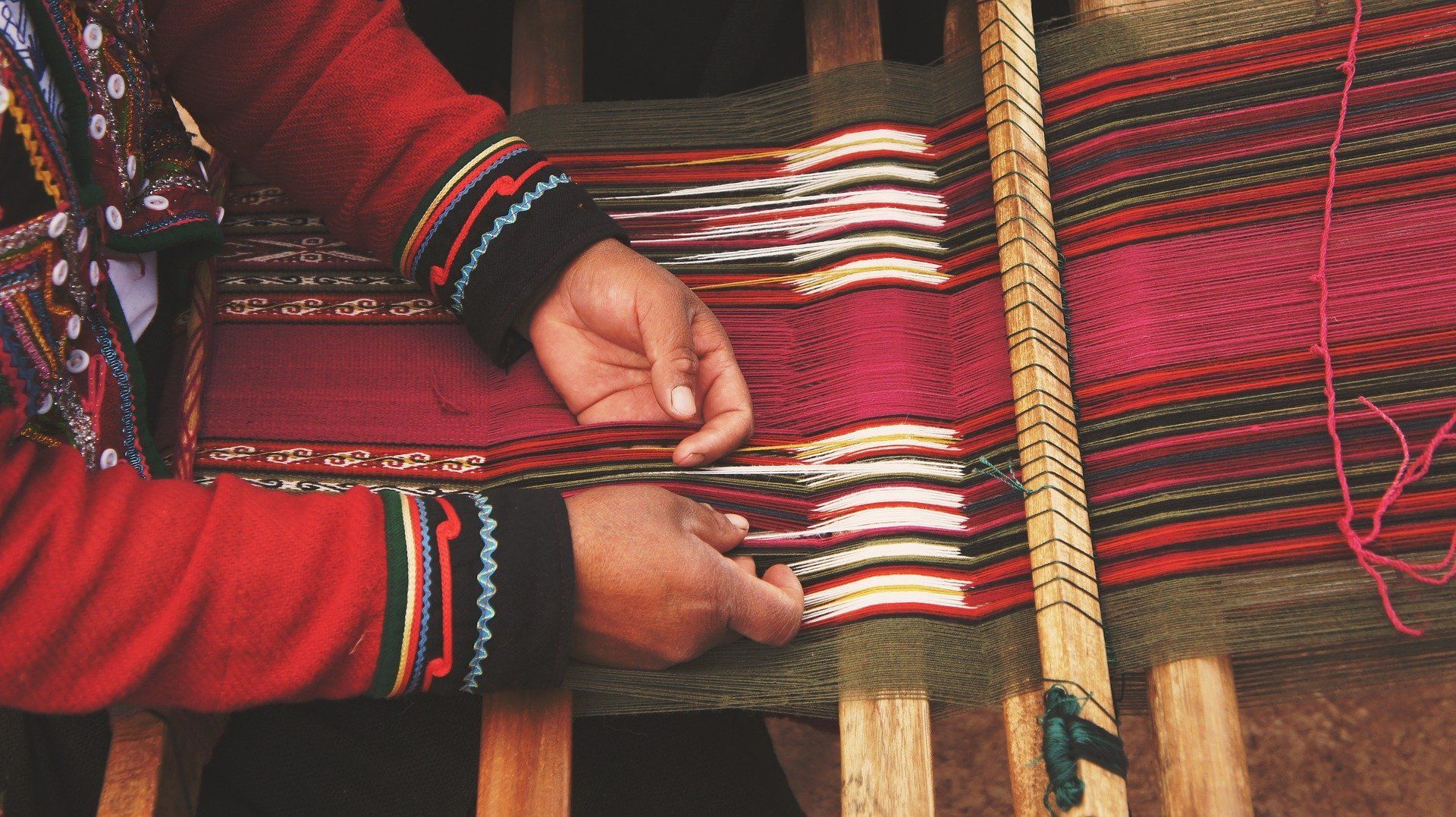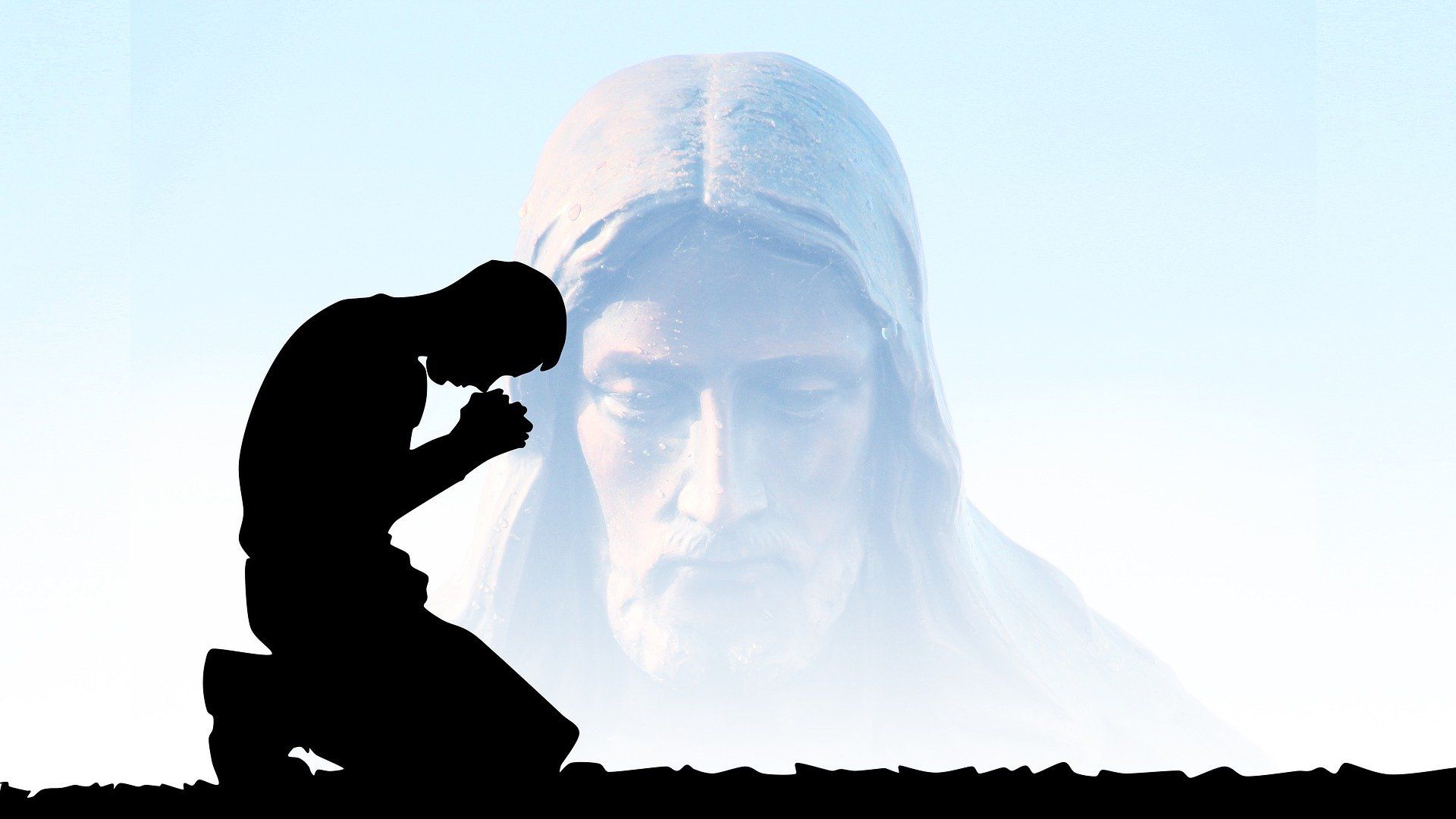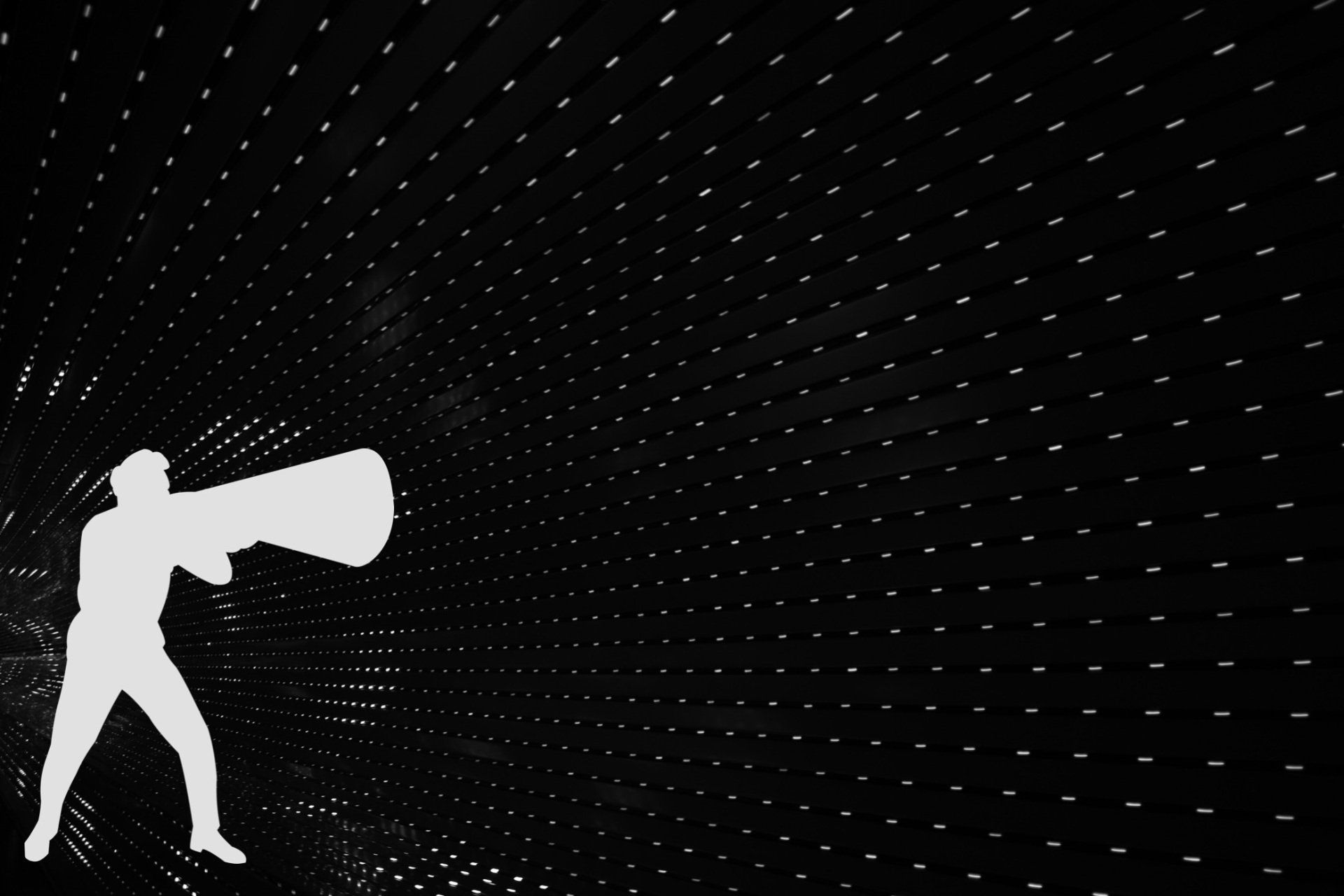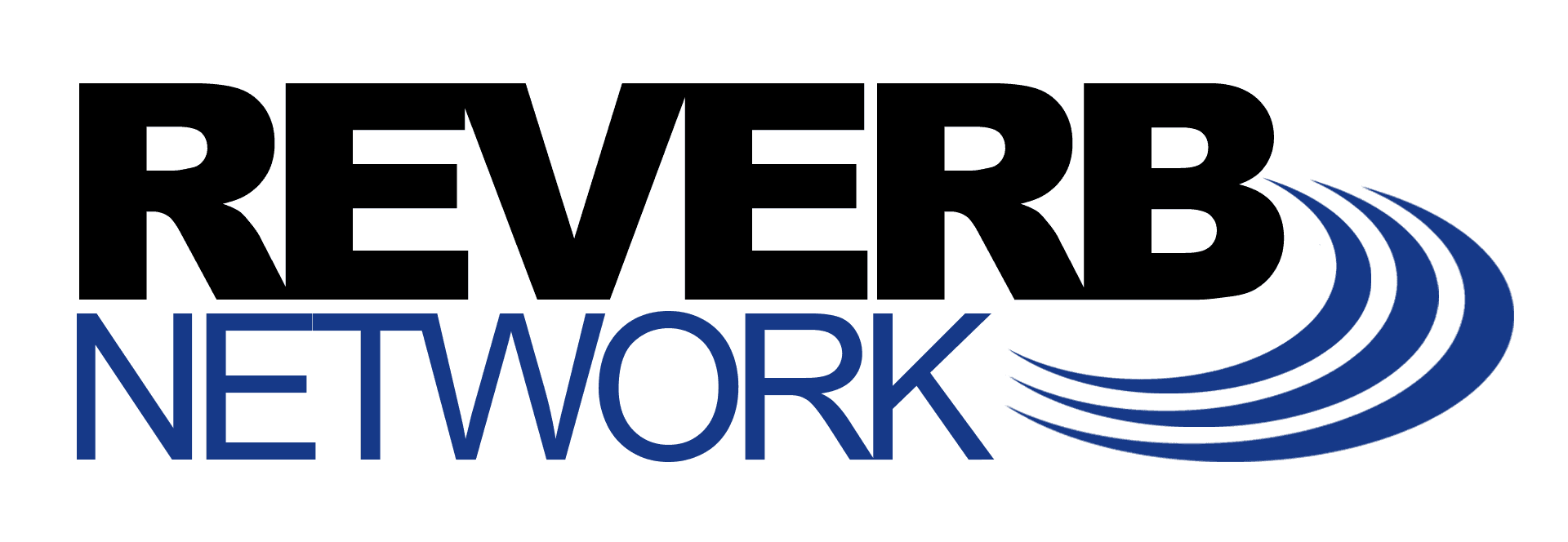How Personality Affects Relationships (Part 2)
Considering the chart above (self-explanatory in terms of each personality’s character traits, greatest needs, and common weaknesses), one’s personality matches one or more of the four styles listed: Director, Inspirer, Stabilizer, and Careful Analyzer. We often have a primary and secondary style and a few traits from the other styles.
Note that both the Director and Inspirer tend to be more outgoing and fast-paced whereas the Stabilizer and Careful Analyzer are more reserved and slower-paced. Similarly, the Director and Careful Analyzer are more task-oriented whereas the Inspirer and Stabilizer are more people-oriented. This is not to be considered in either a negative or positive light; each has its strengths and weaknesses. For example, the Director and Careful Analyzer need to work on being more people-oriented and the Inspirer and Stabilizer need to focus more on getting tasks done.
Also note the opposite styles: Director-Stabilizer and Inspirer-Careful Analyzer. Often opposites attract in a relationship—one’s strength can compensate for the weakness of another. There’s potential for great conflict or great collaboration depending on how you perceive and handle these differences.
Leaders need to focus on understanding
the personality traits of their followers, adjusting
their leadership style to best meet their needs, and partnering
with those different personalities to build a well-rounded, cohesive team.
[Next week we will take a deeper look at the personality styles and how to best lead them at an individual level.]














